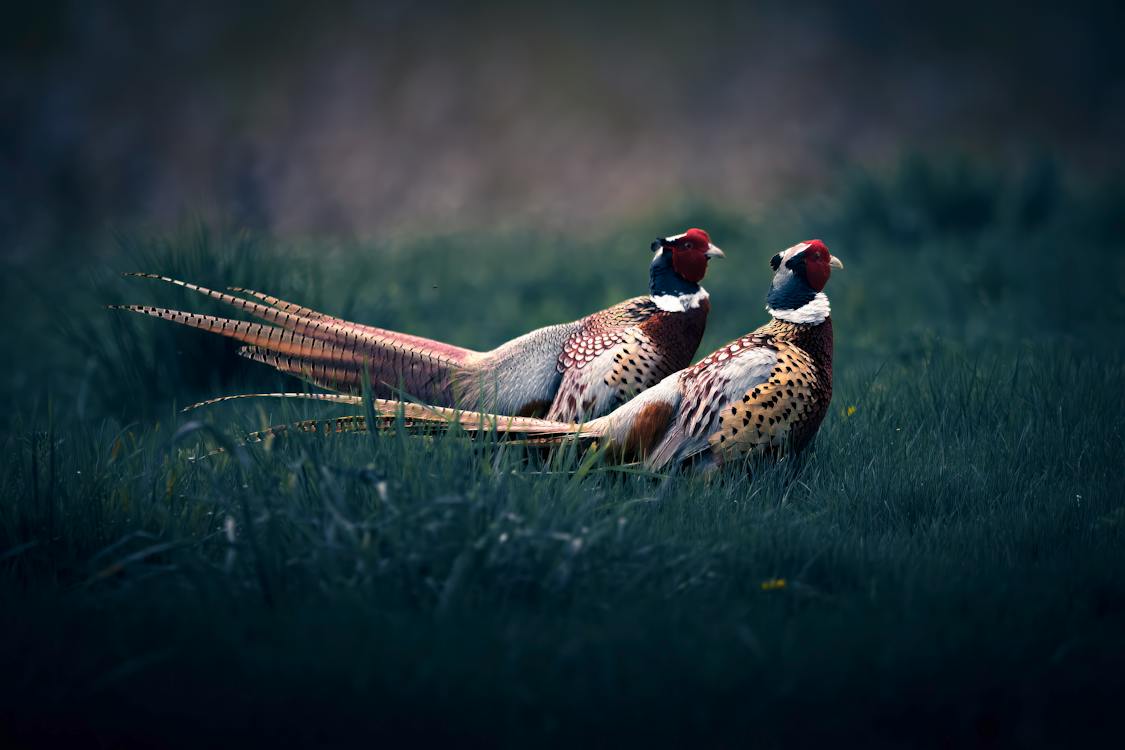Imagine possessing the power to breed an endless supply of the succulent game bird, the pheasant. Not only would this guarantee a constant flow of delightful meat, but an abundance of nutritious eggs as well. This reality is not as far-fetched as you might think. Successful pheasant breeding can be achieved right in your backyard. Let’s explore how.
An Introduction to Pheasants

Unknown to many, the humble pheasant made its grand entrance from China before becoming firmly nestled into North American bird culture. The habitats these birds flourish in typically encompass open fields, farmlands, and woodlands. Here they feast on their diet of insects, seeds, grains, berries, and young plant shoots. Grounded for the majority of their life, these versatile creatures are equipped to both run swiftly and take flight in the face of danger. Males, or roosters, exhibit more vibrant plumage than the females, or hens, and are known to be aggressive defenders of their territory and harem of up to twelve hens.
Choosing the Breed for Pheasant Breeding

There are numerous pheasant breeds available, each sporting distinct characteristics and colorations. The two most common breeds found in the United States are the Ring-necked Pheasant and the English Variant. These are most often selected for breeding purposes due to their sumptuous meat.
Steps to Successful Pheasant Breeding

1. Selecting Your Chicks
Your journey of pheasant breeding starts with the selection of healthy chicks. Look for vibrant eyes, dry nostrils, clean and shiny feathers, as well as good weight and size. Additionally, maintain a balance between hens and roosters. An optimal ratio would be 10 to 12 hens for each rooster, given an outdoor pen space of 30 feet.
2. Feeding Your Flock
The next step is to ensure a balanced diet. Your pheasants need to consume a protein-rich diet, ideally around 25-30% protein. This can be easily achieved through commercial game bird feed. During breeding, it’s crucial to introduce an added calcium source into their diet. This can be a 50-50 mix of oyster shell and granite poultry grit.
3. Breeding Season and Egg Collection
Pheasants usually begin their breeding activities in early spring. Females can lay up to 60 eggs per season. It’s advisable to collect these eggs daily to prevent them from overheating. These eggs should be stored at around 60º F for approximately 10 days before proceeding with incubation. Incubation should ideally last between 23-25 days.
Successfully breeding pheasants not only provides a constant supply of delicious meat and eggs but also adds an exciting hobby to your routine. So, why wait? Embark on your pheasant breeding journey today!